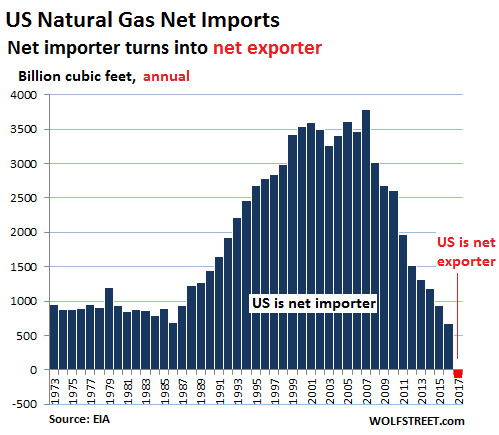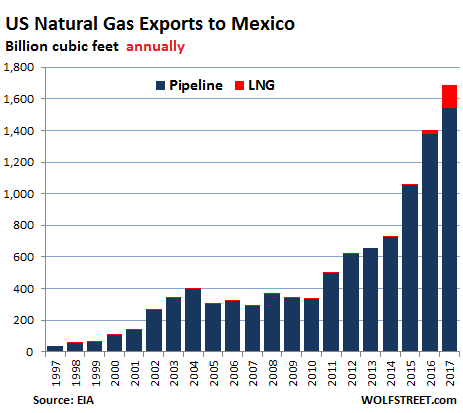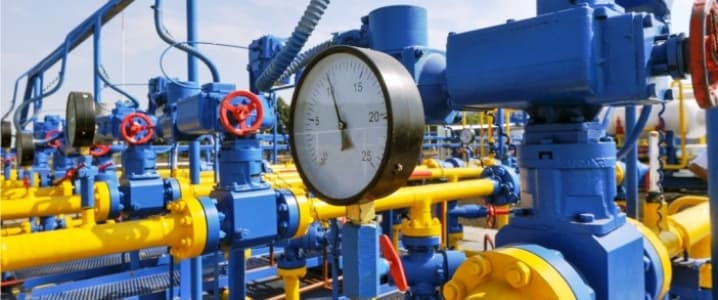With an eye on last winter’s natural gas supply debacle, Chinese state-owned energy giant CNOOC has pledged a 20 percent rise in gas supply, the company said on Tuesday. The company, one of three state-run oil majors, said that it will supply 24.6 billion cubic meters (bcm) of natural gas during the heating season that kicks off this week, up 20 percent year-on-year, to meet rising natural gas demand in the country.
China is in the process of replacing over reliance on coal usage for both industrial and residential end users to offset rampant air pollution, particularly in its larger urban centers. By government mandate, at least 10 percent of the country’s energy mix needed for power generation by 2020 must be natural gas, with further earmarks set for 2030.
CNOOC, the country’s largest oil and gas producer, said 6.1 bcm of natural gas will be supplied to seven northern provinces and municipalities, up 63.5 percent from last year. The company added that most of the natural gas it’s supplying this year is from offshore fields, coal bed gas and imported liquefied natural gas (LNG). According to reports, CNOOC has also been negotiating with LNG suppliers to ensure gas supply, including dealers from Australia, Indonesia, Malaysia, Qatar, Nigeria and Russia. However, due to the ongoing trade war between the US and China, CNOOC spot purchases of LNG is coming to a halt amid Beijing’s retaliatory tariff on US-LNG imports.
LNG tariffs will also come full circle, since other LNG producers will likely increase their spot prices in the mid-term to a point just under US LNG prices including a tariff, with Chinese firms being forced to pay the extra price.
…click on the above link to read the rest of the article…

















